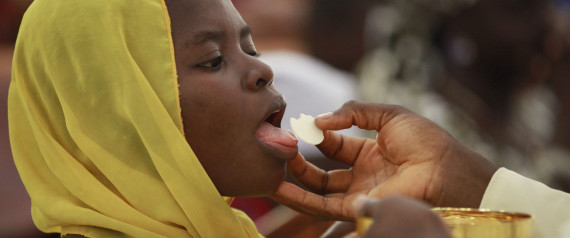by Jimmy Akin (left)
1st Century Christian Writings Outside the Bible! Here Are 7 Things You Need to Know
The most familiar Christian writings from the first century are, of course, those of the New Testament. But just because something was written in the first century did not guarantee it a place in the Bible. There are a number of Christian works that appear to date from the first century but that were not included in the Bible. Here are seven things you should know about them:
1. None of Them Are Canonical
God guided the Church to recognize which books had been inspired by the Holy Spirit and which had not. Our knowledge of what belongs in the canon of Scripture does not depend on the cleverness of men in deciding these things but in the guidance God gives to the Church.
Consequently, however interesting it may be to read Christian documents from the first century, one should not treat them as canonical, inspired, or inerrant. They are significant historical witnesses to what some first century Christians believed, and they form parts of the larger Christian tradition, but the Church does not hold them as Scripture.
2. The Didache: An Early Catechism
The Didache (pronounced DID-ah-KAY) may be the earliest surviving Christian work outside the New Testament. It speaks as if apostles are still travelling, and it gives the reader tips on how to tell a true apostle from a false one. (Hint: If he tries to mooch off a local church, he's a false one.) This points to an early date, perhaps in the mid 1st century.
The document provides a basic instruction on certain aspects of the Christian faith. It includes a treatment of Christian morality (including a condemnation of abortion), information about celebrating the sacraments of baptism and the Eucharist, prayer and fasting, Church leaders, and even a little about the end of the world.
3. Clement's Letter to the Corinthians
Pope Clement I wrote this letter to the Church at Corinth after a leadership dispute broke out there, and the Corinthians appealed to him. (He told them to reaffirm the recently rejected leaders in their former offices.) This may be the first exercise of papal primacy outside the New Testament.
The letter is most often dated to the A.D. 90s, but there are significant reasons to date it earlier. Internal evidence--including a reference to the Jerusalem Temple still functioning (it was destroyed in mid A.D. 70) and a series of repeated calamities in Rome (possibly the "year of four emperors" that took place in A.D. 69)--points to a date in A.D. 69 or 70. Whether an earlier or a later date is preferred, it is an important witness to the role of Rome in the first century.
The author may be the same Clement mentioned by St. Paul in Philippians 4:3.
4. The Letter of Barnabas The common opinion is that this letter was not written by the Apostle Barnabas, so it is often referred to as pseudo-Barnabas. It was quite early, however, and was likely written around A.D. 75, just a few years after the destruction of the Jerusalem Temple. In fact, it seems to be the first mention in Christian literature of the destruction of the Temple. The author is writing for a group of gentile Christians, and much of the letter deals with the Jewish-gentile controversy that marked the first century
5. 2nd Clement
Pope Clement I was such an influential figure in the early Church that several documents came to be attributed to him, though he did not write them. The earliest of these appears to be a document sometimes called The Second Letter of Clement to the Corinthians or sometimes Second Clement. It, or more properly its author, is also called pseudo-Clement since he wasn't really Clement.
The work isn't actually a letter. Instead, it appears to be homily--possibly given at Corinth--and, based on the way it describes the Church's penitential discipline, it may have been written around the same time as The Shepherd of Hermas (see below), perhaps around A.D. 80.
6. The Shepherd of Hermas
Hermas was a man who lived in Rome during the lifetime of Clement I, who is referred to in Hermas's book, The Shepherd in a way that implies he was still alive. The Shepherd is a record of visions that Hermas received, making it one of the earliest--or even the earliest--reported private revelation. It was composed perhaps around A.D. 80. According to the Origen, the author is the same Hermas mentioned in Romans 16:14.
7. Learning More
One way to learn more is by reading the actual documents mentioned above. Here are links to where you can read them online:
Clement's Letter to the Corinthians
There is also much more you can learn about the early Church in my book, The Fathers Know Best: Your Essential Guide to Early Christian Teaching. If you don't have a copy, I hope you'll check it out!
ORDER YOUR COPY OF THE FATHERS KNOW BEST: YOUR ESSENTIAL GUIDE TO EARLY CHRISTIAN TEACHING!
Thank you for your purchase. It helps me pay for my Internet efforts, including providing information free of charge to the Secret Info Club!
Coming Soon! Absolute Worst Liturgical Abuses: 7 Things You Need to Know


No comments:
Post a Comment